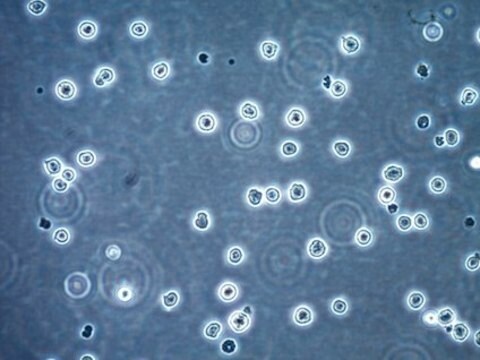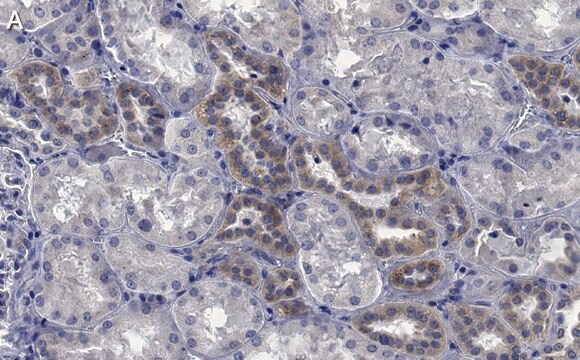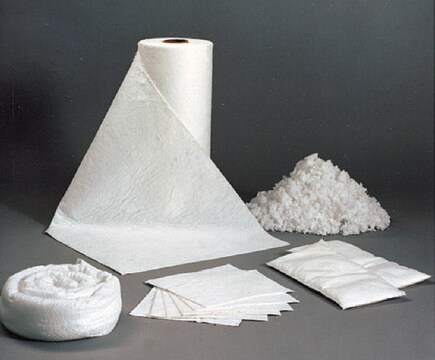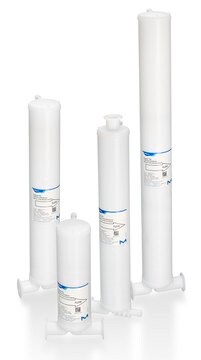MABF2818
Anti-Medullary epithelium Antibody, clone ER-TR5
Synonim(y):
mTEC
About This Item
Polecane produkty
pochodzenie biologiczne
rat
Poziom jakości
białko sprzężone
unconjugated
forma przeciwciała
purified antibody
rodzaj przeciwciała
primary antibodies
klon
ER-TR5, monoclonal
reaktywność gatunkowa
human, mouse
opakowanie
antibody small pack of 100 μg
metody
immunofluorescence: suitable
immunohistochemistry (formalin-fixed, paraffin-embedded sections): suitable
izotyp
IgM
sekwencja epitopowa
Unknown
numer dostępu UniProt
Warunki transportu
2-8°C
docelowa modyfikacja potranslacyjna
unmodified
Opis ogólny
Specyficzność
Immunogen
Zastosowanie
Evaluated by Immunohistochemistry in Mouse thymus tissue.
Immunohistochemistry Applications: 1:150 dilution of this antibody detected Medullary epithelium in Mouse thymus tissue sections.
Tested applications
Immunofluorescence Analysis: A representative lot detected Medullary epithelium in Immunofluorescence applications (Akiyama, T., et al. (2005). Science. 308(5719):248-51; Lei, Y., et al. (2011). J Exp Med. 208(2):383-94; Cosway, E.J., et al. (2017). J Exp Med. 214(11):3183-3195).
Immunohistochemistry Applications: A representative lot detected Medullary epithelium in Immunohistochemistry applications (Van Vliet, E., et al. (1984). Eur J Immunol. 14(6):524-9; Akiyama, T., et al. (2005). Science.;308(5719):248-51; Dooley, J., et al. (2006). J Immunol. 176(11):6484-90; Lei, Y., et al. (2011). J Exp Med. 208(2):383-94; Cosway, E.J., et al. (2017). J Exp Med. 214(11):3183-3195).
Note: Actual optimal working dilutions must be determined by end user as specimens, and experimental conditions may vary with the end user
Postać fizyczna
Przechowywanie i stabilność
Inne uwagi
Oświadczenie o zrzeczeniu się odpowiedzialności
Nie możesz znaleźć właściwego produktu?
Wypróbuj nasz Narzędzie selektora produktów.
Kod klasy składowania
12 - Non Combustible Liquids
Klasa zagrożenia wodnego (WGK)
WGK 1
Temperatura zapłonu (°F)
Not applicable
Temperatura zapłonu (°C)
Not applicable
Certyfikaty analizy (CoA)
Poszukaj Certyfikaty analizy (CoA), wpisując numer partii/serii produktów. Numery serii i partii można znaleźć na etykiecie produktu po słowach „seria” lub „partia”.
Masz już ten produkt?
Dokumenty związane z niedawno zakupionymi produktami zostały zamieszczone w Bibliotece dokumentów.
Nasz zespół naukowców ma doświadczenie we wszystkich obszarach badań, w tym w naukach przyrodniczych, materiałoznawstwie, syntezie chemicznej, chromatografii, analityce i wielu innych dziedzinach.
Skontaktuj się z zespołem ds. pomocy technicznej








